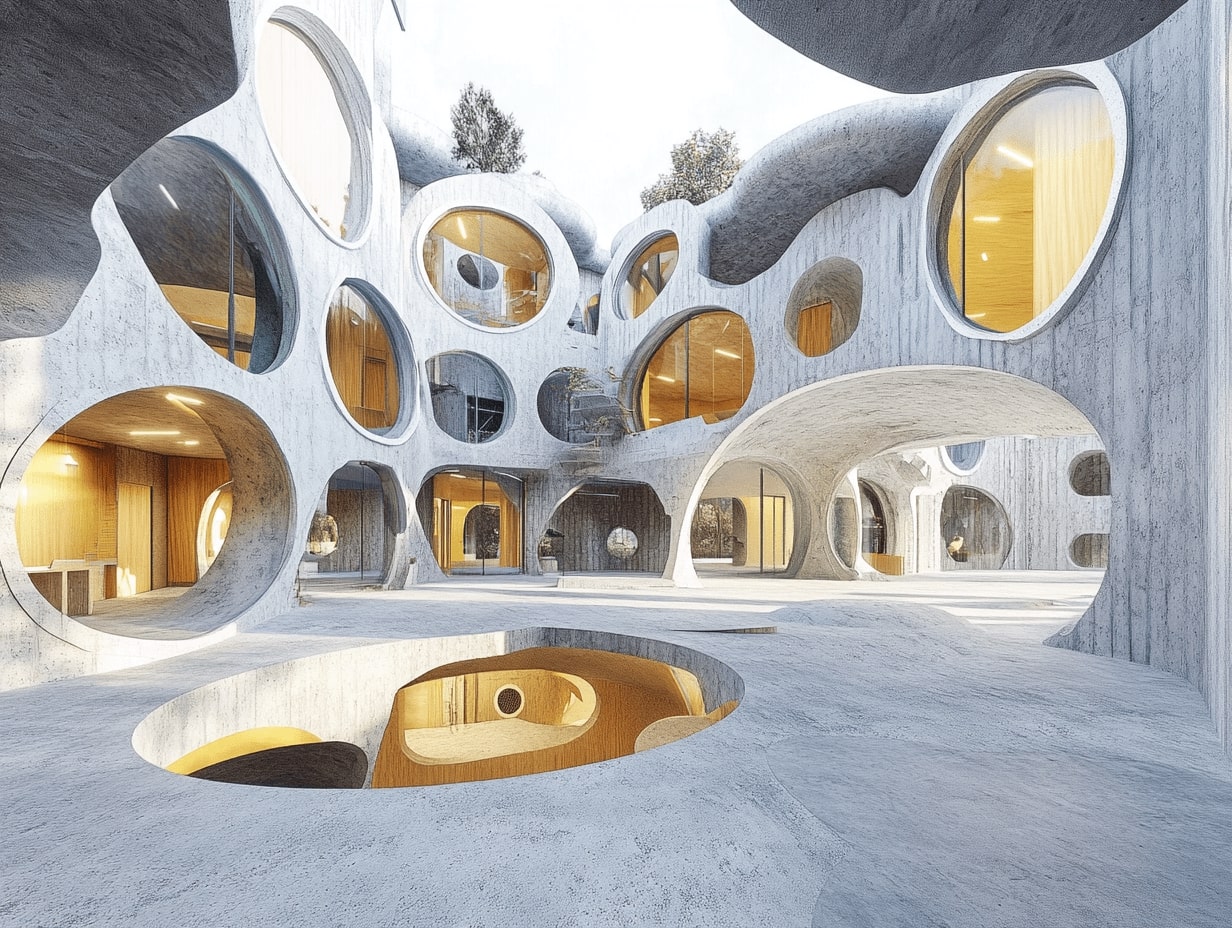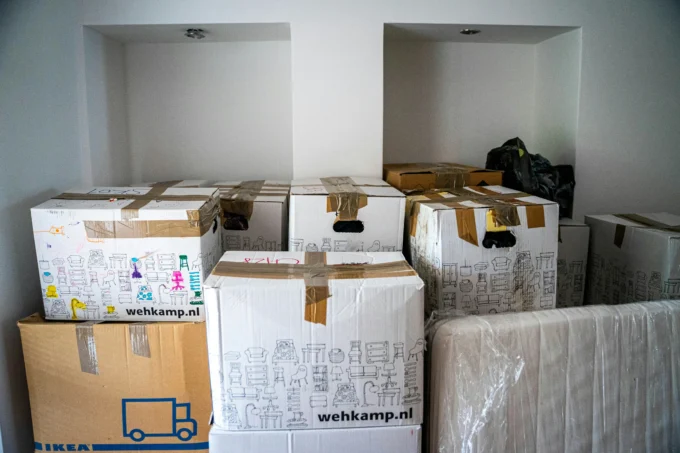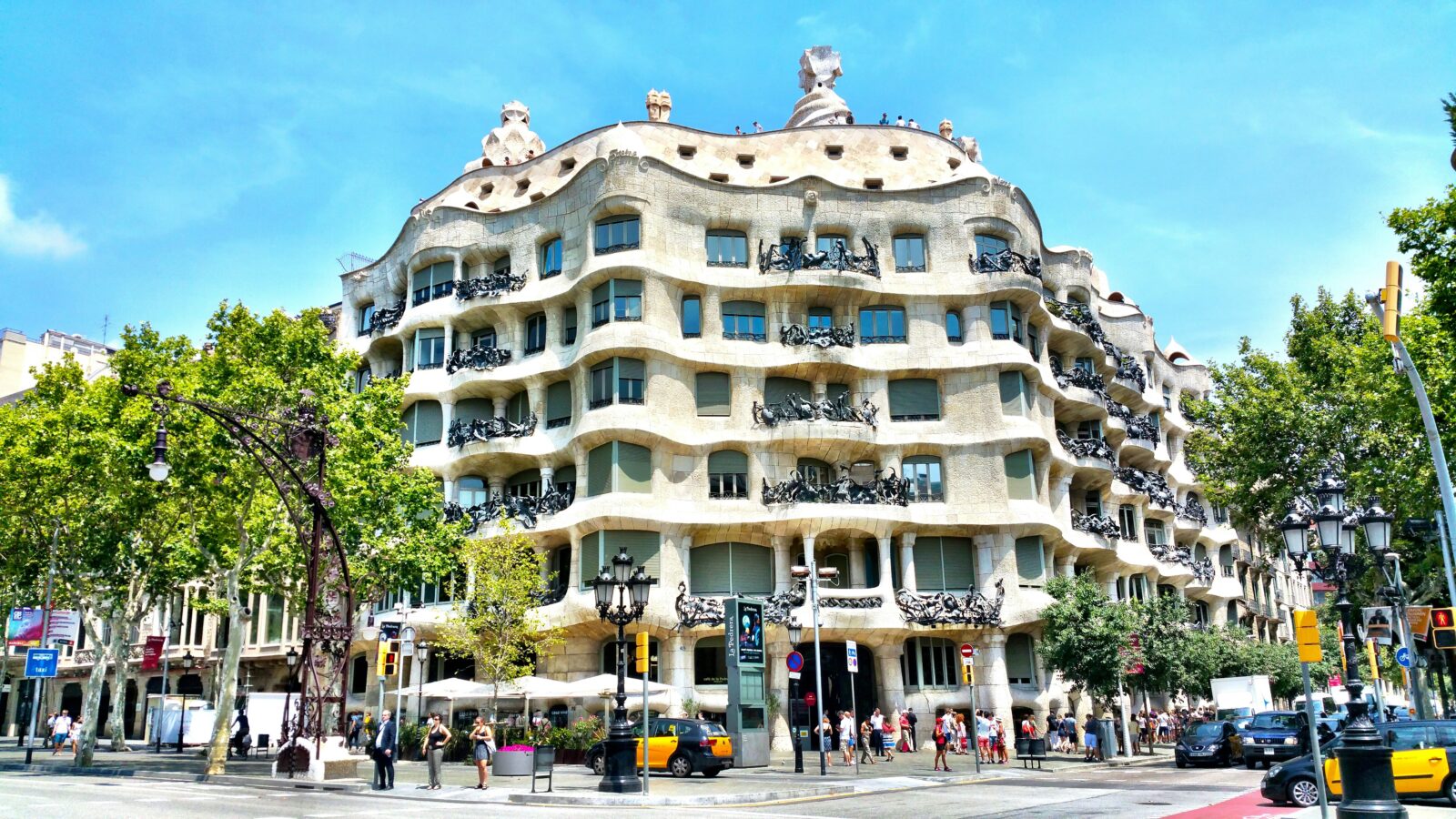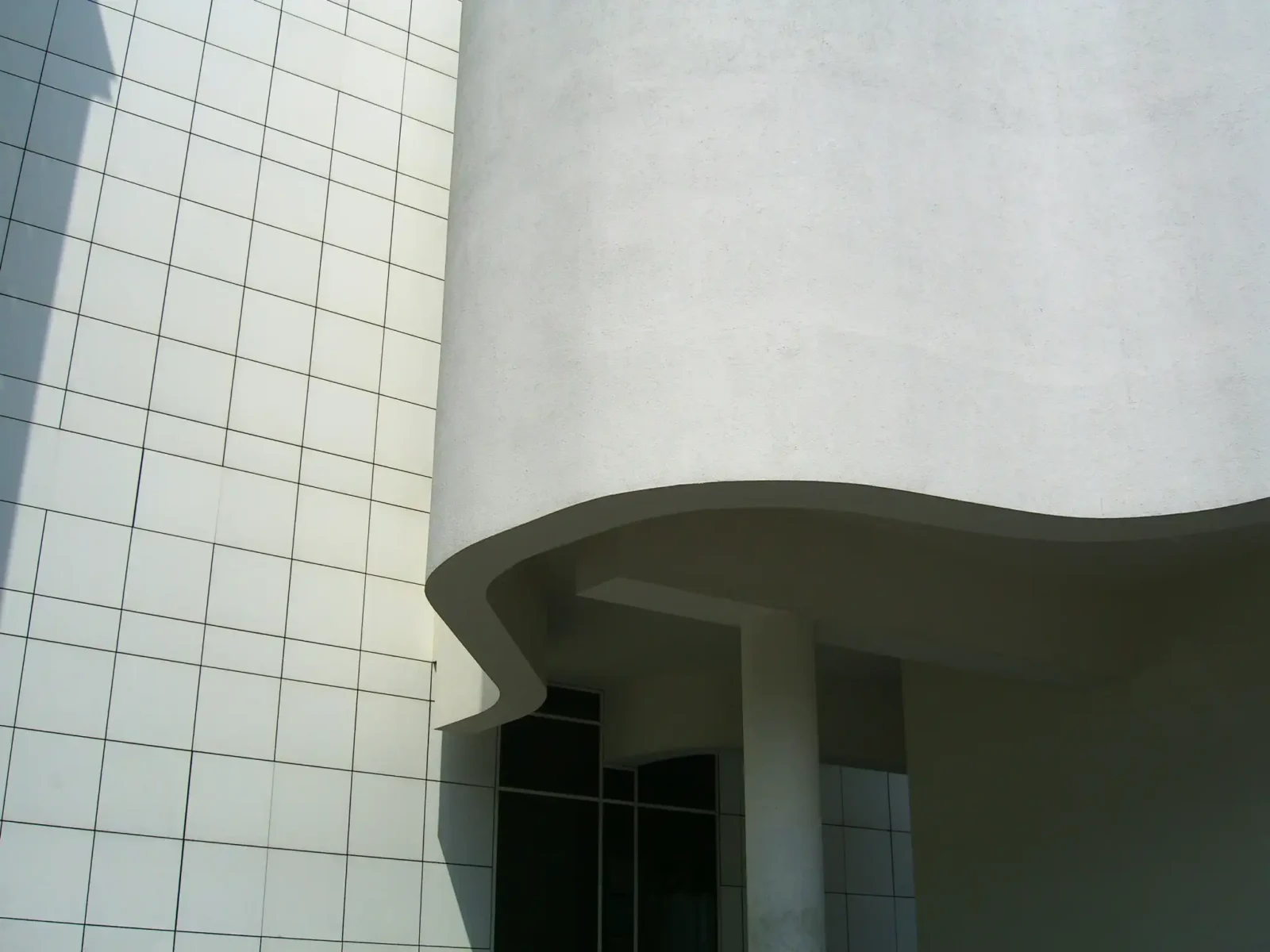- Home
- Articles
- Architectural Portfolio
- Architectral Presentation
- Inspirational Stories
- Architecture News
- Visualization
- BIM Industry
- Facade Design
- Parametric Design
- Career
- Landscape Architecture
- Construction
- Artificial Intelligence
- Sketching
- Design Softwares
- Diagrams
- Writing
- Architectural Tips
- Sustainability
- Courses
- Concept
- Technology
- History & Heritage
- Future of Architecture
- Guides & How-To
- Art & Culture
- Projects
- Interior Design
- Competitions
- Jobs
- Store
- Tools
- More
- Home
- Articles
- Architectural Portfolio
- Architectral Presentation
- Inspirational Stories
- Architecture News
- Visualization
- BIM Industry
- Facade Design
- Parametric Design
- Career
- Landscape Architecture
- Construction
- Artificial Intelligence
- Sketching
- Design Softwares
- Diagrams
- Writing
- Architectural Tips
- Sustainability
- Courses
- Concept
- Technology
- History & Heritage
- Future of Architecture
- Guides & How-To
- Art & Culture
- Projects
- Interior Design
- Competitions
- Jobs
- Store
- Tools
- More
Understanding Building Layout: Key Principles for Functional and Safe Spaces
Discover the essentials of building layout design and its impact on functionality, safety, and aesthetics. From structural planning to modern tools and sustainable trends, learn how to create efficient, visually appealing spaces that enhance comfort, productivity, and energy efficiency.

When we step into a building, its layout often shapes our experience without us even realizing it. From the flow of movement to the placement of rooms, a well-thought-out building layout isn’t just about aesthetics—it’s about functionality and purpose. Whether it’s a home, office, or public space, every design choice impacts how we interact with the environment.
Understanding building layouts goes beyond blueprints and floor plans. It’s about recognizing how space can be optimized for comfort, efficiency, and safety. By diving into the principles of layout design, we can better appreciate how these decisions influence our daily lives and even learn how to apply them ourselves.

Table of Contents
ToggleImportance Of Understanding Building Layout
Understanding building layout is vital for functionality and safety. Efficient layouts reduce wasted space and improve navigation. In residential spaces, for example, thoughtful designs enhance daily comfort by optimizing room placement and accessibility. In workplaces, strategic layouts increase productivity by facilitating better workflows and communication paths.
Building layout also plays a key role in safety measures. Emergency exits, access points, and evacuation routes rely on clear and effective designs. Public structures like shopping malls, for instance, require layouts that prioritize crowd movement and safety compliance.
Energy efficiency is another critical aspect. Layouts that incorporate natural light pathways or optimize ventilation reduce energy consumption. For example, designing windows and open spaces strategically lowers dependence on artificial lighting and cooling systems.
Understanding these aspects ensures spaces meet both practical and aesthetic needs while minimizing potential risks.
Key Components Of Building Layout
Key components of building layout ensure spaces are efficient, functional, and safe. These components include structural design, spatial planning, and functional areas, each contributing to a building’s overall effectiveness.

Structural Design
Structural design addresses the framework and support system of a building. It includes elements like columns, beams, walls, and foundations. Strength and stability are critical, ensuring the structure bears loads and withstands environmental factors like wind, rain, and seismic activity. For example, reinforced concrete frameworks provide durability in high-rise buildings, while wood framing suits smaller residential structures. Structural integrity must align with the intended purpose and local building codes.
Spatial Planning
Spatial planning optimizes how areas are utilized within a building. It involves dividing space based on user needs and expected activities. In residential layouts, considerations include room sizes, pathways for movement, and transitions between private and public areas. For commercial layouts, spatial efficiency focuses on customer flow, employee workflows, and accessibility. Good spatial planning maximizes functionality without overwhelming occupants.
Functional Areas
Functional areas define zones dedicated to specific purposes. Kitchens, living rooms, and bedrooms represent typical residential areas, while offices, lobbies, and storage areas are common in commercial spaces. Proper placement and sizing of these areas improve usability. For instance, grouping restrooms near shared spaces in office buildings enhances convenience, and connecting dining areas to kitchens in homes increases practicality. Each area must serve its role without overcrowding or underutilization.
Factors To Consider In Building Layout
Creating an efficient building layout involves balancing multiple factors that ensure functionality, safety, and appeal. These considerations guide the design process, shaping spaces to meet user needs effectively.

Safety And Accessibility
Prioritizing safety and accessibility protects users and ensures smooth movement. Emergency exits, fire escapes, and evacuation routes need clear, unobstructed pathways, especially in public or multi-level buildings. Incorporating ramps, elevators, and wide doorways provides accessibility for individuals with disabilities, complying with ADA standards. Good lighting and signage enhance visibility, directing occupants safely and efficiently.
Aesthetic Appeal
Enhancing visual harmony contributes to a building’s overall impression. Symmetry, proportion, and color coordination create attractive environments that encourage comfort and satisfaction. Strategic placement of windows, textures, and design elements balances the functional needs with pleasing aesthetics. Integrated landscaping or interior décor adds value, making spaces more appealing to both occupants and visitors.
Environmental Efficiency
Focusing on environmental efficiency reduces energy consumption and lowers operational costs. Incorporating natural lighting through large windows, skylights, or open spaces minimizes reliance on artificial illumination. Proper ventilation systems, green roofs, and energy-efficient materials optimize cooling and heating, conserving resources. Positioning structures to align with prevailing winds or sun orientation further enhances sustainability.
Tools And Techniques For Designing Building Layouts
Effective tools and techniques significantly enhance the process of designing building layouts. Leveraging modern software and collaboration methods improves precision, efficiency, and functionality.

Software And Technology
Advanced software provides detailed insights into building layout design. Programs like AutoCAD and Revit enable precise drafting and 3D modeling, allowing adjustments before construction begins. These tools integrate spatial planning, structural analysis, and functional layout features into one interface.
Building Information Modeling (BIM) enhances visualization and collaboration by creating digital representations of building layouts. It simulates real-world conditions like lighting and airflow, helping optimize design and sustainability. Tools like SketchUp simplify conceptual designs and facilitate client presentations.
Additional technologies, including augmented reality (AR), support immersive design reviews. AR overlays digital layouts onto physical spaces, offering a clear perspective on how designs function in real environments.
Collaboration With Architects And Engineers
Collaborating early with architects and engineers refines building designs. Architects contribute expertise in aesthetics, proportion, and user experience, ensuring designs align with functional goals. Engineers provide structural input to ensure safety and compliance with environmental factors.
Integrated Project Delivery (IPD) structures bring teams together during the design phase. Using collaborative tools like BIM platforms fosters communication and streamlines workflows to address structural, spatial, and functional concerns. This cohesive approach ensures layouts are both practical and visually appealing.
Regular team evaluations verify alignment between design intent and technical feasibility. Clear communication ensures that project goals, including compliance with building codes and sustainability measures, are consistently met.
Common Challenges In Building Layout Design
Building layout design often comes with obstacles that influence the final outcome. Addressing these challenges helps achieve spaces that meet aesthetic, functional, and safety requirements.

Budget Constraints
Budget limitations challenge the ability to implement desired features in a building layout. High-quality materials, advanced technologies, and specialized design elements often exceed allocated financial resources. For example, incorporating sustainable solutions like solar panels or energy-efficient HVAC systems can strain budgets in smaller projects.
To navigate this, we prioritize key aspects like structural integrity and safety while exploring cost-effective materials and solutions. Value engineering enables us to adjust design choices, ensuring functional and aesthetic goals are met without excessive spending.
Balancing Form And Function
Combining aesthetic appeal with practical utility poses a common challenge in layout design. Prioritizing aesthetics can sacrifice functionality, creating designs that look impressive but lack ergonomic or operational efficiency. Conversely, overly utilitarian layouts may appear plain or uninspiring, reducing user satisfaction.
When addressing this, we integrate visual harmony with efficient space utilization. For instance, open-plan office layouts use sleek designs while maintaining collaborative workflows. Achieving balance requires aligning the building’s purpose with aesthetics to maximize usability while ensuring an engaging environment.
Future Trends In Building Layout Design
Emerging technologies and evolving user demands shape the future of building layout design. Incorporating smart systems, sustainable methods, and flexible designs ensures better adaptability and efficiency in modern structures.

Smart Integration in Layouts
Building layouts increasingly integrate smart technologies like IoT-enabled devices and automation systems. Smart layouts enhance energy management by connecting HVAC systems, lighting, and appliances for optimal efficiency. For example, occupancy sensors adjust lighting and temperature based on real-time usage, reducing energy waste. These technologies streamline operational control and improve user convenience.
Sustainability in Design
Sustainable layouts focus on reducing environmental impact by optimizing energy use and resource consumption. Incorporating renewable energy systems like solar panels into building designs and utilizing eco-friendly materials minimizes a building’s carbon footprint. For instance, layouts aligned for maximum natural light reduce dependency on artificial illumination, which promotes energy savings.
Flexible Spatial Planning
Flexible layouts support multipurpose use areas, accommodating changing needs over time. These designs adapt to different scenarios, such as converting open-plan office spaces into smaller zones with modular partitions. Residential designs also include multifunctional spaces, like combining living and dining areas for greater utility.
Biophilic Design Approaches
Biophilic layouts integrate natural elements like green walls, indoor plants, and water features into spaces. This approach promotes well-being, enhances indoor air quality, and boosts productivity in workplaces. Layouts designed around visual connections with nature create a calming environment for occupants.
Digital Tools for Advancements
Advanced design tools play a significant role in creating innovative layouts. Software like generative design algorithms suggests optimal layouts based on specific project requirements. Virtual Reality (VR) enables users to experience a space before construction, ensuring design choices align with expectations. These technologies ensure accuracy and precision in the design phase.
Conclusion
Understanding building layout is pivotal for creating spaces that balance functionality, safety, and aesthetic appeal. Effective layouts optimize usability by reducing wasted space, enhancing movement, and improving navigation in various settings like homes, offices, or public areas. By incorporating principles of design, we can ensure environments meet user needs while fostering comfort and efficiency.
Efficient spatial planning aligns areas for specific purposes, ensuring every zone is practical and adequately utilized. Clear pathways and emergency routes enhance safety, particularly in public structures. Modern layouts also integrate environmental considerations, leveraging natural lighting, ventilation, and sustainable materials to lower energy usage and operational costs.
Through tools like AutoCAD, Revit, and BIM software, we achieve precise designs with collaborative input from architects and engineers. These methods enable us to address challenges like budget constraints and aesthetic-functional balance. Emerging trends, including smart systems, sustainable methods, and biophilic designs, underline the future of adaptable and efficient layout innovations. By focusing on these elements, we create safe, functional, and visually harmonious spaces.
- architectural principles
- architecture and safe spaces
- building architecture strategies
- building design essentials
- building functionality design
- Building layout design
- building layout planning
- building space optimization
- construction layout techniques
- designing safe workspaces
- efficient building design
- functional building spaces
- functional layout architecture
- functional space planning
- innovative building design
- key principles of architecture
- layout planning in architecture
- optimal building layouts
- principles of functional design
- principles of safe building design
- safe building layout
- safe space design
- safety in architectural design
- space utilization strategies
Submit your architectural projects
Follow these steps for submission your project. Submission FormLatest Posts
The Ultimate Guide to Fencing in North Dakota: Choosing the Best Fence for Your Property
Watching a chain link fence twist in 70 mph winds near Minot...
Gaudí: Where Architecture Meets Science
Gaudí: Where Architecture Meets Science shows catenary arches, ruled surfaces, and biomimicry...
How Housing Market Forces Shape Architectural Design Today
Architecture never exists in isolation. Buildings rise from a mix of ambition,...
Why Portable Formaldehyde Gas Detectors Matter on Construction Sites
As construction practices shift toward more enclosed and material-intensive environments, the risk...












Leave a comment